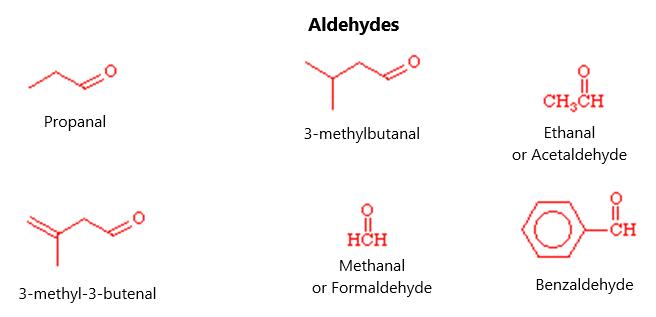KEY TAKEAWAYS •
Organic chemistry involves carbon, hydrogen, and oxygen, with several other molecules less likely seen.
•
Carbon has four valence electrons, hydrogen has one valence electron, and oxygen has six valence electrons.
•
Covalent bonding involves the promotion of electrons and the hybridization of orbitals so that they take on a unique molecular bonding orbital.
•
The formal charge depends on the number of valence electrons, the number of bonded electrons, and the number of unbonded electrons.
•
The total charge on a molecule in nature will be zero.
•
The simplest way to write an organic molecule is to use line drawings for carbon atoms and all hydrogen atoms not attached to carbon atoms.
22




























































